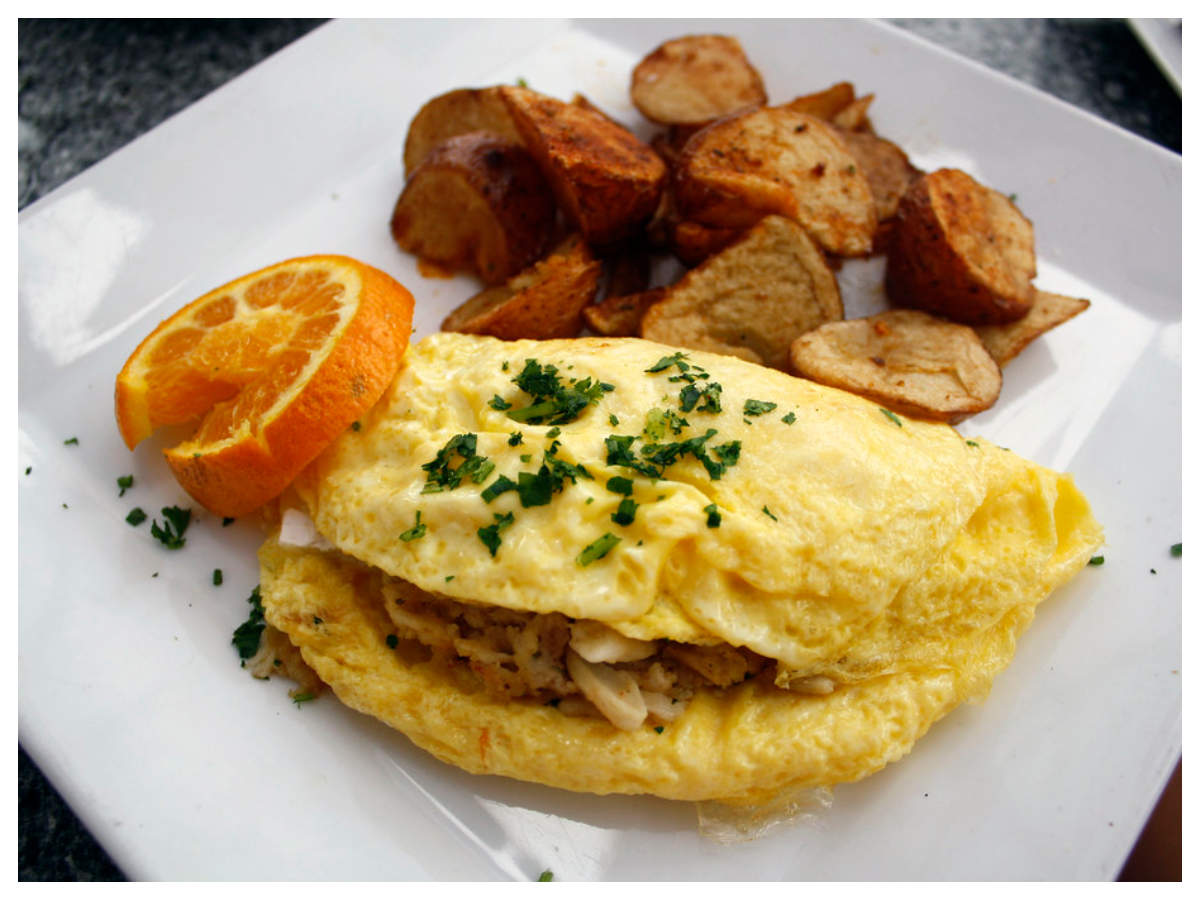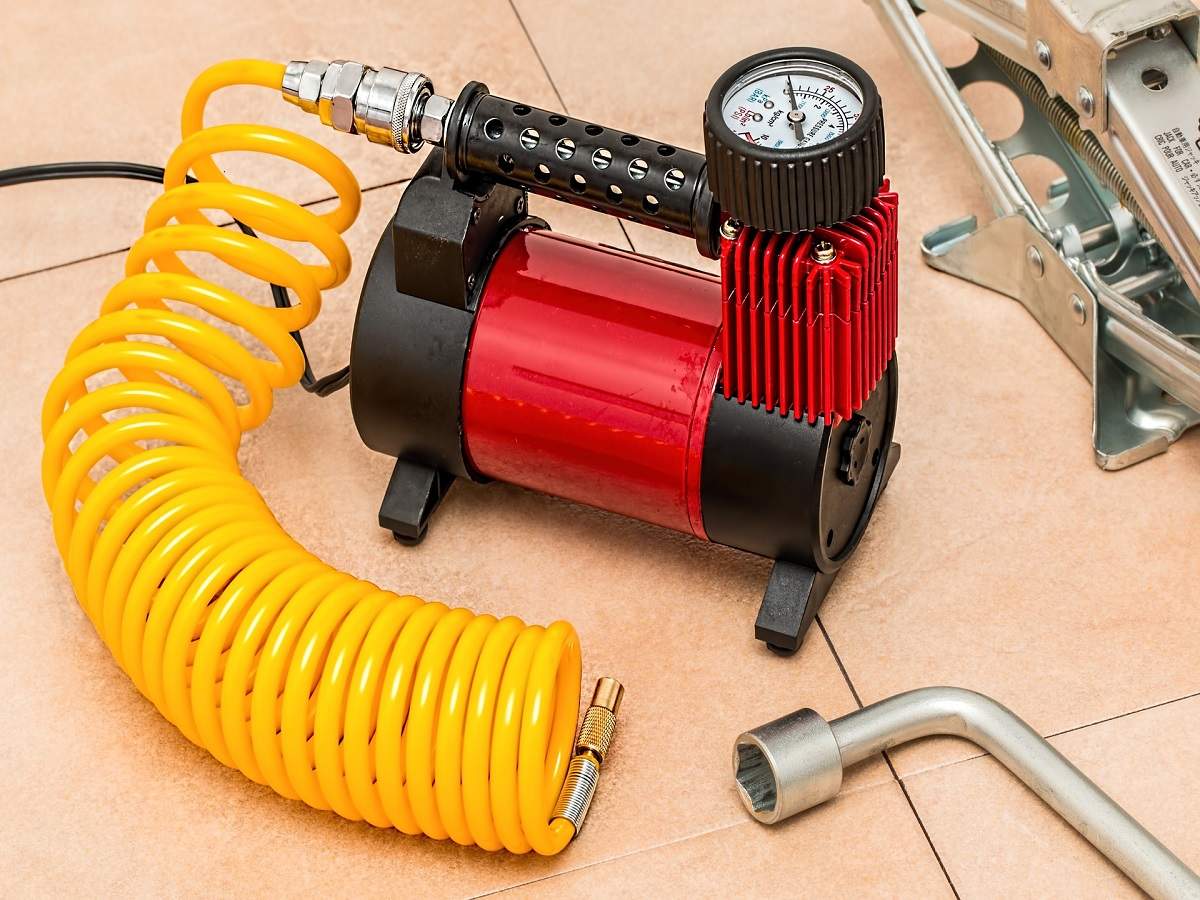
GHAZIABAD: Of the 97 cities monitored by the Central Pollution Control Board (CPCB) on a daily basis for air quality, Ghaziabad was the only one in the country to have “very poor” air on Monday. The other NCR cities had “poor” air.
In Ghaziabad, Loni was the most polluted spot. The city has four monitoring stations and two of those showed AQI readings above 300 (“very poor”).
While Loni recorded 330, in Sanjay Nagar, the AQI was 316. In the other two stations — Vasundhara and Indirapuram — the AQI was in the 200 (poor) range. According to CPCB, Ghaziabad had an AQI of 306, Greater Noida was at 282 and Noida recorded an AQI of 280.
Asked about the air quality in the city, Utsav Sharma, regional officer, Uttar Pradesh Pollution Control Board (UPPCB), said: “Ghaziabad is getting downwind from Noida. The local industries are also a cause of high pollution. While the most polluting industries are shut, some hyperlocal emission could be the cause for the concentration of pollutants in Loni and Sanjay Nagar areas.”
In Ghaziabad, the air quality deteriorated overnight from 266 on Sunday.
While Greater Noida was at 232, Noida was at 248 on Sunday. “A sudden increase in pollution levels is usually caused by lowering of wind speed,” Sharma said, adding that the wind speed locally was very low at 5-6kmph on Monday. Monitoring agencies have said that, the AQI will improve over the next few days as the temperature increases slightly.
On Monday, the maximum temperature was 19 degrees Celsius. It is likely to go up to 20 degrees from Tuesday. On February 1, Ghaziabad’s AQI was at 278, Greater Noida was at 262 and Noida was at 235.
Among the NCR cities, Gurgaon was the cleanest with an AQI of 184 (“moderate” range) on Monday.
According to the India Meteorological Department (IMD), the maximum and minimum temperatures are likely to be between 21 and 7 degrees Celsius, respectively, on Tuesday. The air is likely to remain in the moderate category for the next 48 hours.
“There is a forecast of fog or mist in the morning and clear sky later,” said a Met official.
In Ghaziabad, Loni was the most polluted spot. The city has four monitoring stations and two of those showed AQI readings above 300 (“very poor”).
While Loni recorded 330, in Sanjay Nagar, the AQI was 316. In the other two stations — Vasundhara and Indirapuram — the AQI was in the 200 (poor) range. According to CPCB, Ghaziabad had an AQI of 306, Greater Noida was at 282 and Noida recorded an AQI of 280.
Asked about the air quality in the city, Utsav Sharma, regional officer, Uttar Pradesh Pollution Control Board (UPPCB), said: “Ghaziabad is getting downwind from Noida. The local industries are also a cause of high pollution. While the most polluting industries are shut, some hyperlocal emission could be the cause for the concentration of pollutants in Loni and Sanjay Nagar areas.”
In Ghaziabad, the air quality deteriorated overnight from 266 on Sunday.
While Greater Noida was at 232, Noida was at 248 on Sunday. “A sudden increase in pollution levels is usually caused by lowering of wind speed,” Sharma said, adding that the wind speed locally was very low at 5-6kmph on Monday. Monitoring agencies have said that, the AQI will improve over the next few days as the temperature increases slightly.
On Monday, the maximum temperature was 19 degrees Celsius. It is likely to go up to 20 degrees from Tuesday. On February 1, Ghaziabad’s AQI was at 278, Greater Noida was at 262 and Noida was at 235.
Among the NCR cities, Gurgaon was the cleanest with an AQI of 184 (“moderate” range) on Monday.
According to the India Meteorological Department (IMD), the maximum and minimum temperatures are likely to be between 21 and 7 degrees Celsius, respectively, on Tuesday. The air is likely to remain in the moderate category for the next 48 hours.
“There is a forecast of fog or mist in the morning and clear sky later,” said a Met official.
Trending Topics
LATEST VIDEOS
More from TOI
Navbharat Times
Featured Today in Travel
Get the app







